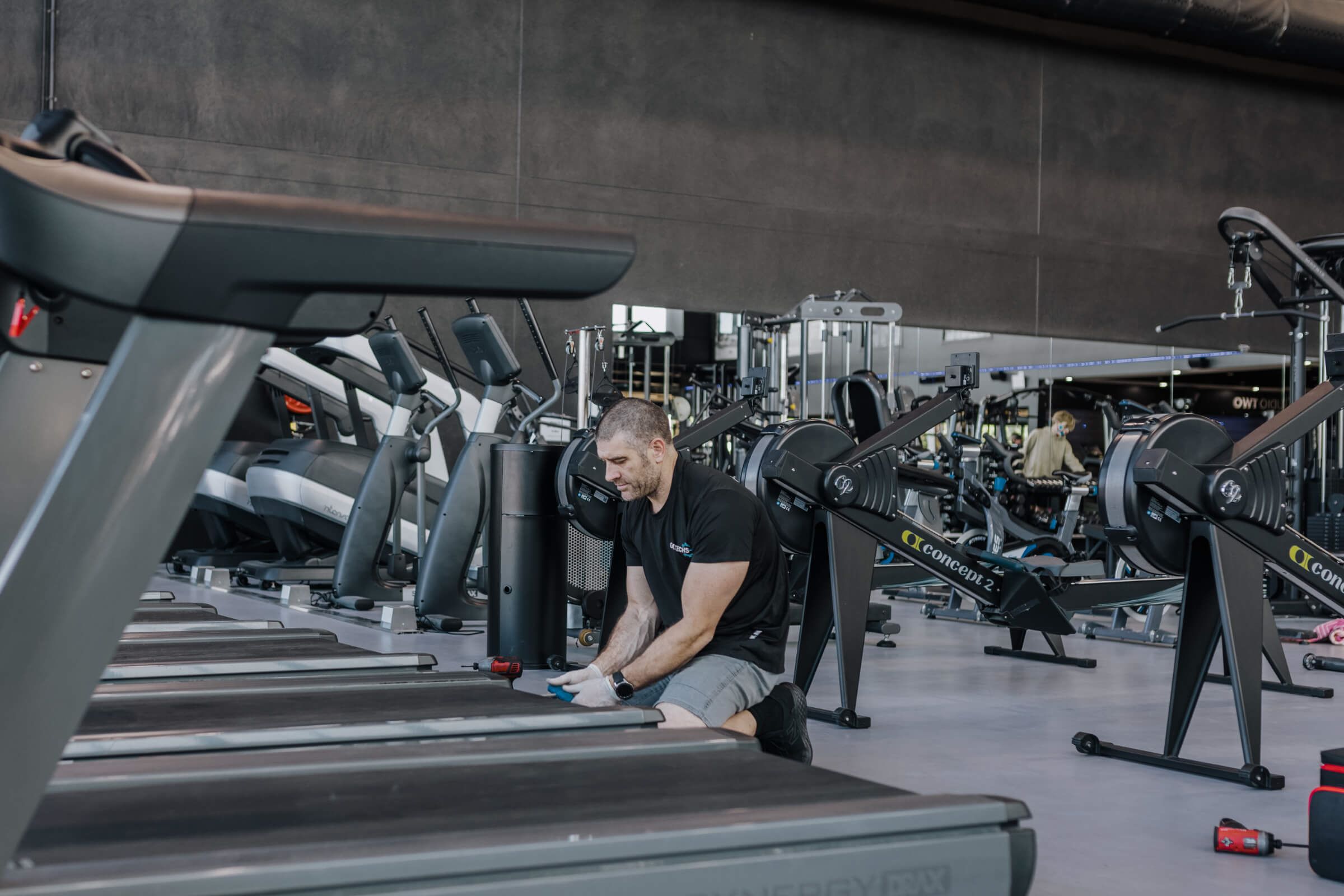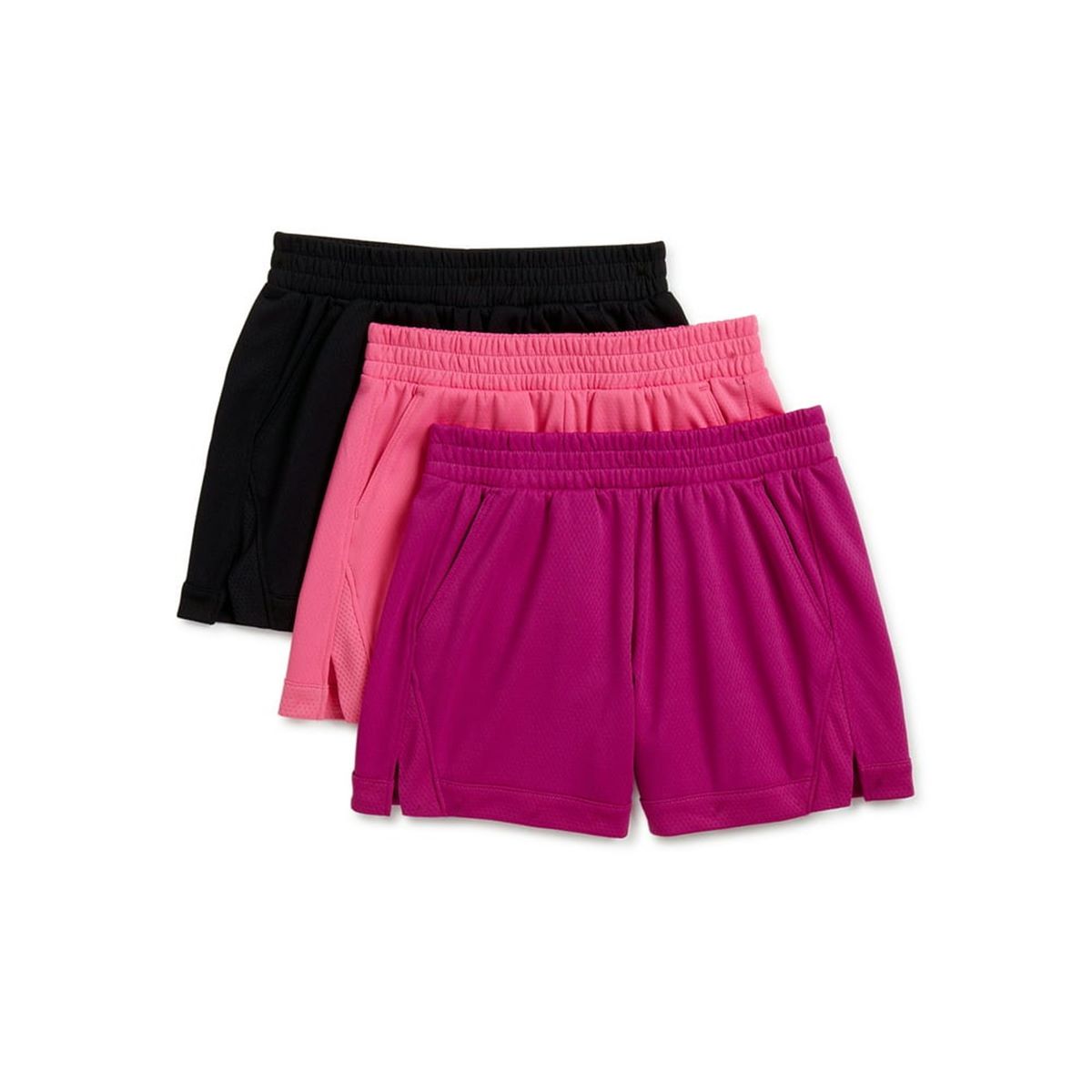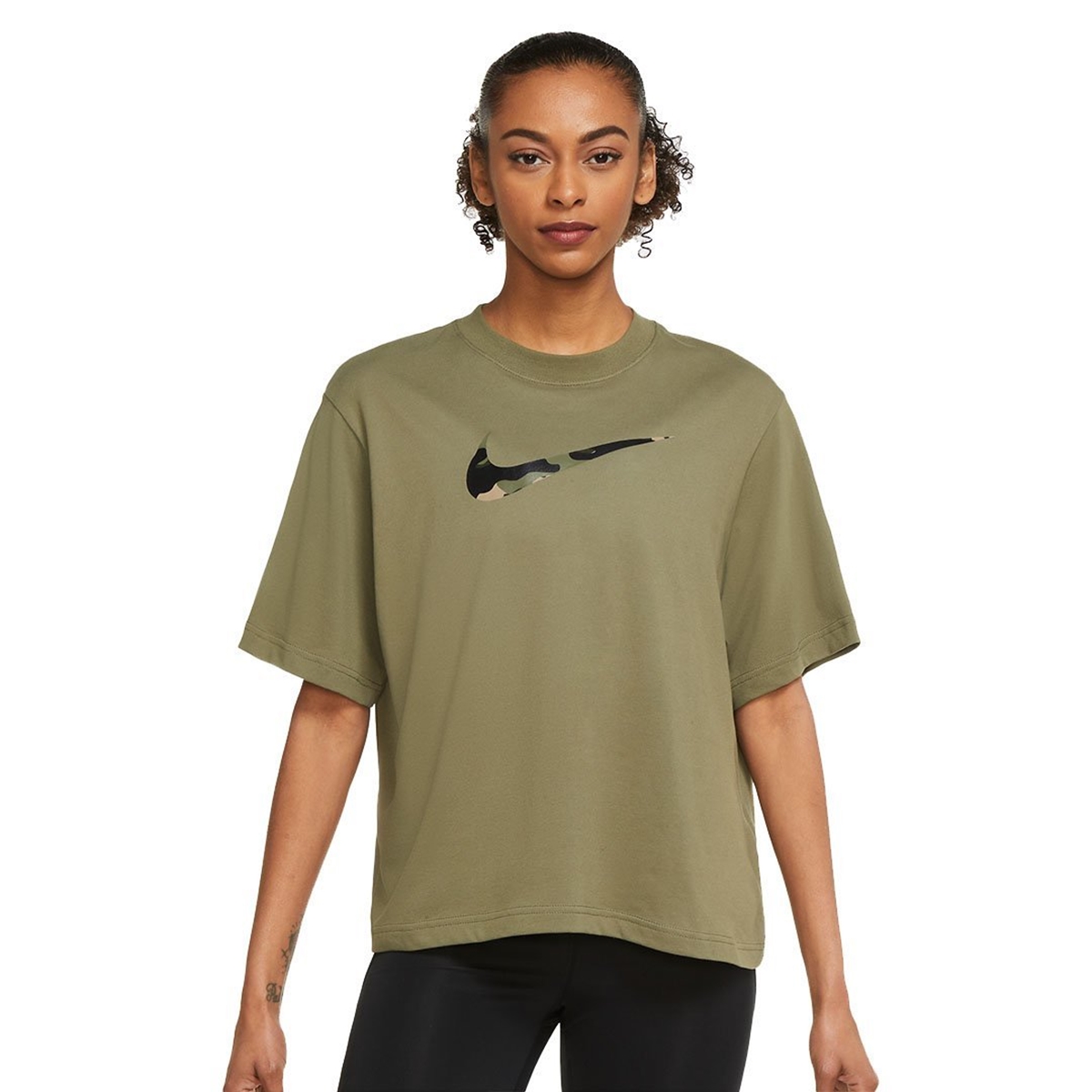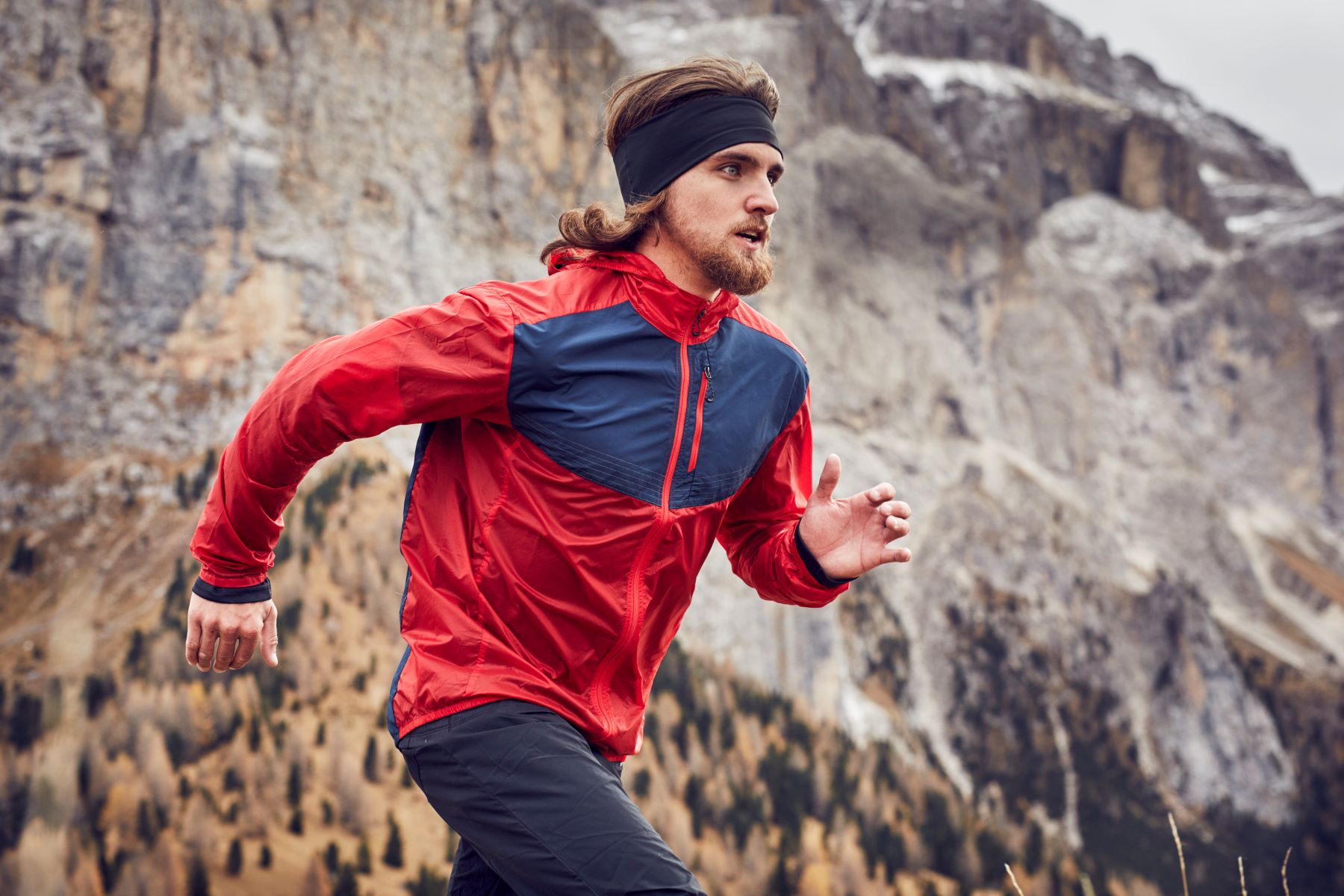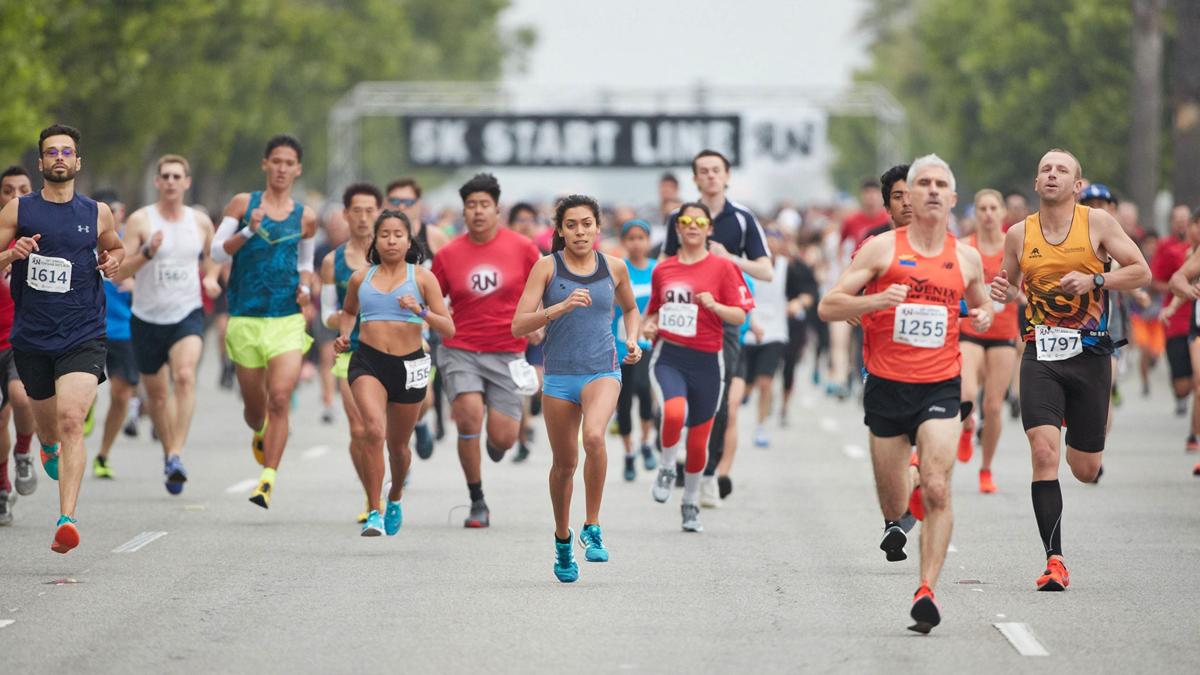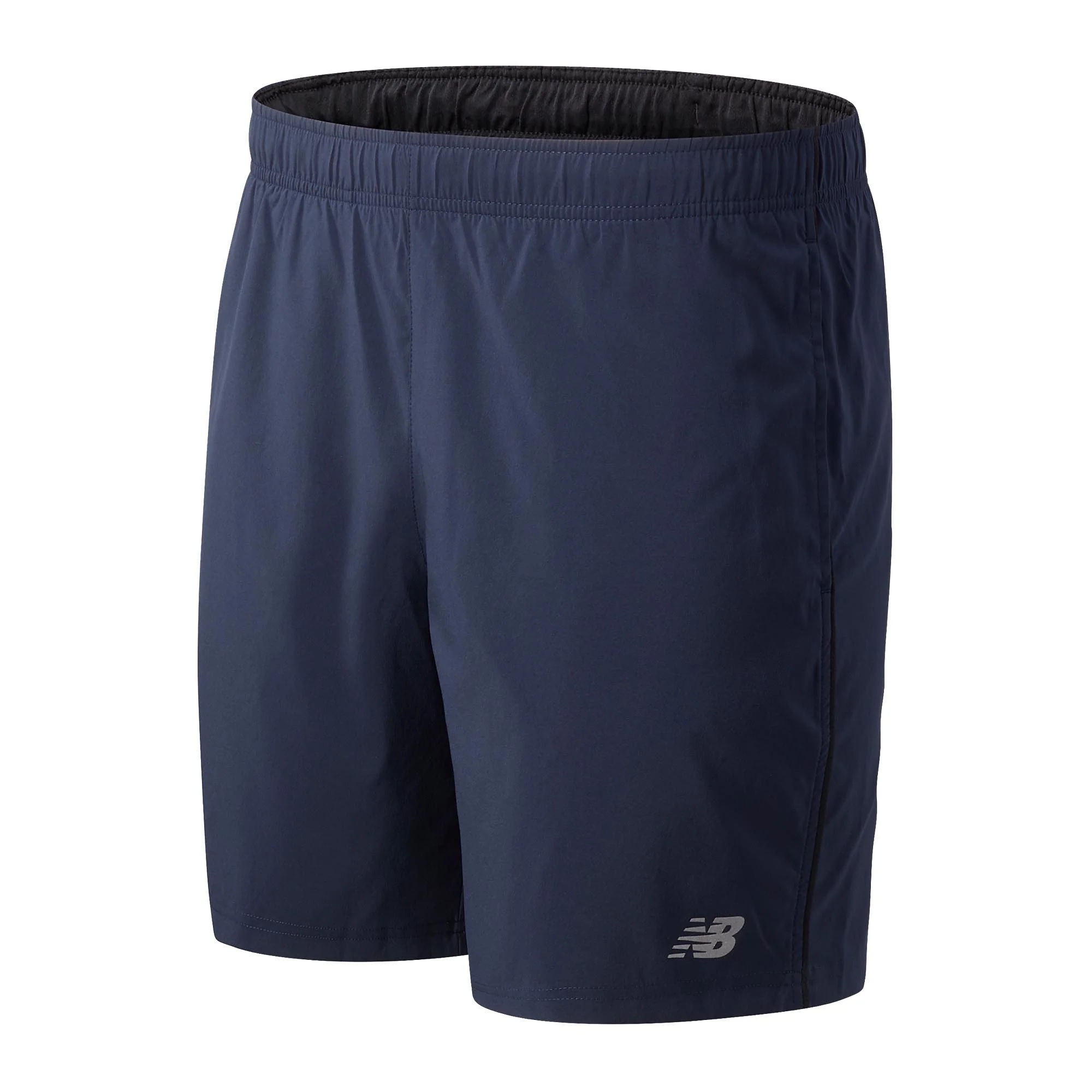Home>Shop by Feature>Tight Running Shorts>The Ultimate Guide to Dri-FIT Clothing: Should It Be Tight or Loose?
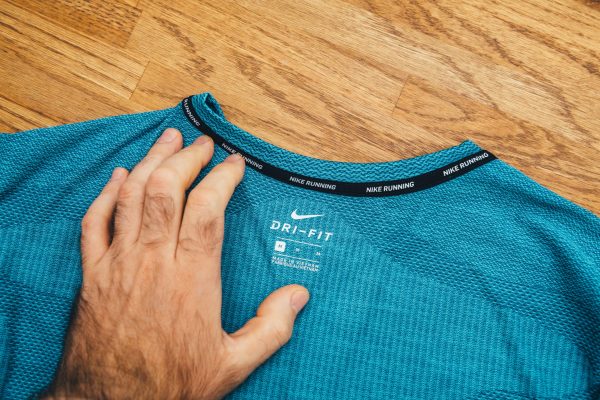
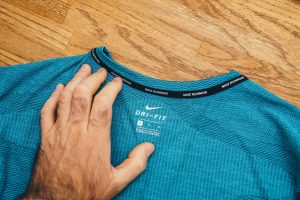
Tight Running Shorts
The Ultimate Guide to Dri-FIT Clothing: Should It Be Tight or Loose?
Modified: January 22, 2024
Unlock the ultimate guide to Dri-FIT clothing and discover whether it should be tight or loose. Learn about the considerations for finding the right fit with Dri-FIT clothing, including personal comfort, activity level, and style preferences.
When it comes to workout clothing, everyone has their preferences, and one of the most common questions posed is, “Should Dri-FIT be tight?” In this article, we’ll delve into the discussion surrounding the fit of Dri-FIT clothing, provide some helpful guidelines, and ultimately help you make the best choice for your fitness needs.
Dri-FIT: A Revolution in Sportswear
Before we answer the question, “Should Dri-FIT be tight?”, it’s important to understand what Dri-FIT is. Developed by Nike, Dri-FIT is a high-performance, microfiber, polyester fabric designed to move sweat away from the body to the fabric surface, where it evaporates, keeping you dry and comfortable no matter how intense your workout gets.
Comfort and Performance: The Balance
Comfort and performance should go hand in hand when choosing workout gear. But when it comes to the question, “Should Dri-FIT be tight?”, the answer is not as straightforward as one might think. There are several factors you should consider, including the type of exercise you’ll be doing, personal comfort, and even aesthetic preference.
Dri-FIT and Exercise Type
The type of exercise you’re engaging in can largely influence how tight your Dri-FIT clothing should be. For instance, if you’re going for a run or participating in a high-intensity workout, a tighter fit might be beneficial. It can reduce drag and prevent any loose fabric from getting in your way.
On the other hand, for low-intensity or flexibility-focused exercises like yoga or pilates, a looser fit may be more appropriate. It allows for a greater range of motion and can make some poses and stretches more comfortable.
Personal Comfort and Preference
Ultimately, whether Dri-FIT should be tight or loose is also a matter of personal comfort and preference. Some people prefer the snug feel of tight workout clothes, while others prefer a looser, more relaxed fit.
It’s essential to listen to your body and choose the fit that makes you feel the most comfortable. After all, if you’re not comfortable in your workout gear, you’re less likely to enjoy your workout and perform at your best.
Aesthetic Considerations
In addition to functional considerations, aesthetic preference also comes into play. Some people prefer a tighter fit because they like the way it looks, while others prefer a more relaxed fit. The key is to find a balance between comfort, performance, and style.
Ensuring a Proper Fit
While we’ve determined that the tightness of Dri-FIT clothing can depend on various factors, it’s crucial to ensure a proper fit regardless. Here are a few tips:
Check Size Charts
Every brand, including Nike, has its unique sizing. Make sure to consult the size chart before purchasing.
Consider the Cut
Different clothing cuts can affect how a garment fits. For example, a slim cut will fit closer to the body than a regular or relaxed cut.
Try It On
If possible, try on the Dri-FIT clothing before buying. Move around, stretch, and get a feel for the garment.
Check for Discomfort
If the garment is uncomfortably tight, causing chafing, or restricting movement, it’s too tight. Conversely, if it’s bunching, slipping, or needs constant adjustment, it may be too loose.
Think About Layering
If you plan to layer, consider how your Dri-FIT garment will fit with other pieces of clothing.
Final Word
In conclusion, the tightness of your Dri-FIT clothing largely depends on the type of workout, personal comfort, and aesthetic preference. Whether you prefer a tight or loose fit, the key is to ensure a proper fit to maximize comfort and performance. So next time you’re out shopping for Dri-FIT clothing, keep these factors in mind, and you’ll be well on your way to finding the perfect fit!
FAQs
Why is Dri-FIT often tight?
Dri-FIT garments are sometimes designed to be tight-fitting because this allows the moisture-wicking fabric to make direct contact with the skin, promoting efficient sweat evaporation.
Can I wear Dri-FIT for non-sporting activities?
Absolutely! Dri-FIT is not only for sports. Its comfort and moisture-wicking properties make it suitable for any activity, whether it’s a walk in the park or an intense workout session.
How should I wash my Dri-FIT clothing?
Dri-FIT clothing should be washed in cold water on a gentle cycle. Avoid using fabric softeners, as they can reduce the material’s wicking capabilities.
Can I wear a loose Dri-FIT shirt for running?
Yes, but keep in mind that excess fabric may cause discomfort or interference while running. It’s often recommended to opt for a more fitted Dri-FIT garment for high-intensity workouts like running.
Will Dri-FIT clothing shrink in the wash?
Dri-FIT is made from synthetic materials that are more resistant to shrinking than natural fibers. However, high heat can still cause damage, so it’s best to wash these garments in cold water and air dry them if possible.
